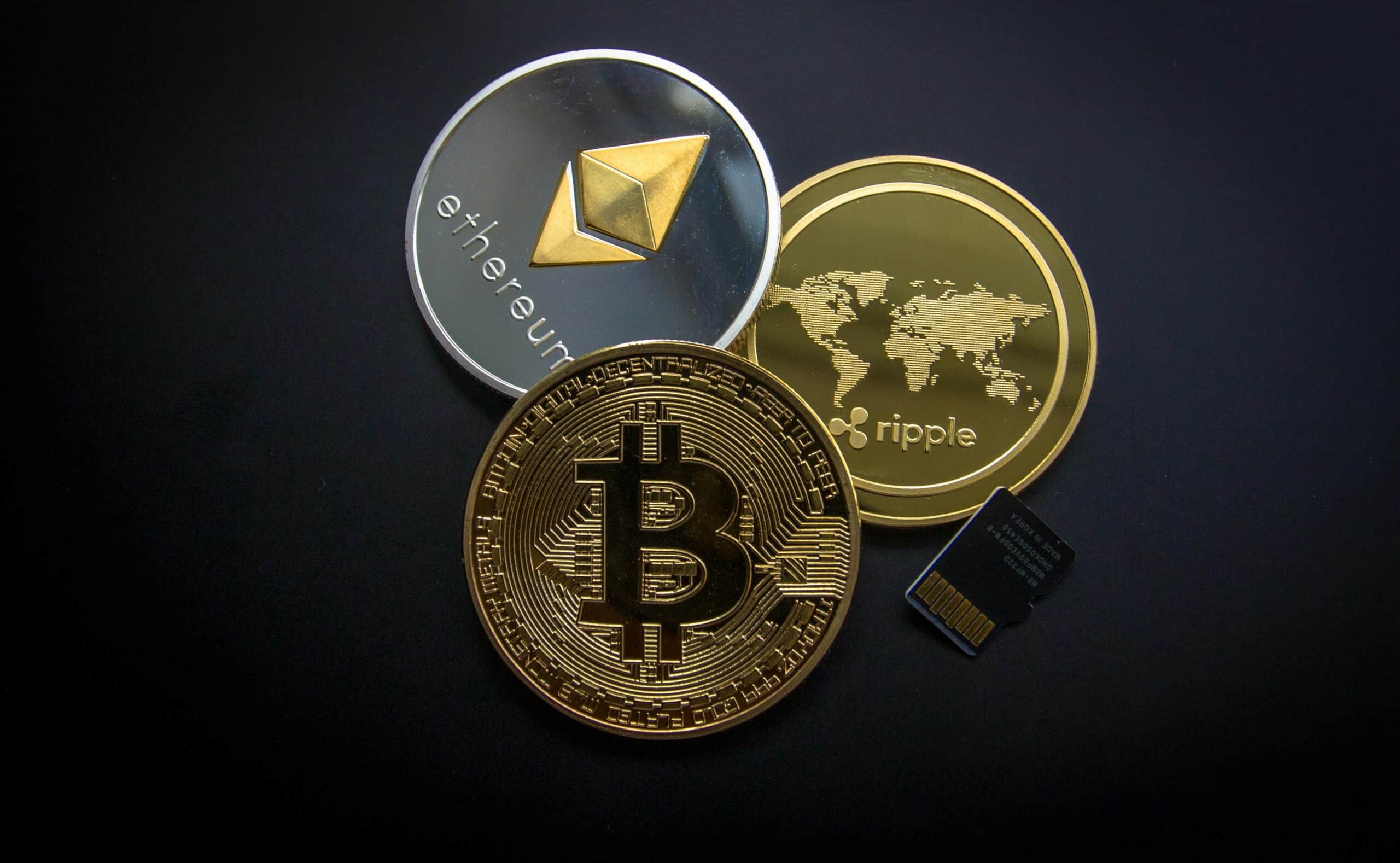Cross-border payments have long presented a challenge to many merchants looking to expand their reach. Unfortunately, the more banks and parties involved, the more expensive each payment becomes and the longer a merchant has to wait to access its funds—sometimes days, even weeks. For high-risk merchants like CBD companies, nutraceutical sellers, and online travel agencies, the situation is even more dire, as many can’t access banking partners due to compliance issues or face higher charges due to increased regulatory oversight. However, by 2025 stablecoin cross-border payments are becoming a new solution for merchants needing international payment options—with faster settlement times, lower processing fees, and increased transparency. Where Bitcoin and Ethereum may not appeal to many merchants thanks to their volatile pricing structures, stablecoins are pegged to the U.S. dollar or euro, meaning reduced price swings. For merchants who already deal with enough roadblocks for accessing payment options, making stablecoin cross-border payments could be the answer they need to scale.
What Are Stablecoins?
Stablecoins allow merchants to transact without relying on third-party banks by pegging their asset value to a reserve currency or commodity. Unlike volatile digital assets that can fluctuate daily and even hourly, stablecoins intend to maintain a consistent value thanks to their available backing or algorithmic models[1]. With fiat-sponsored pricing structures, stablecoins allow merchants instant access yet provide customers with less risk than competing cryptocurrency options.
Why Stablecoins Matter for Cross-Border Payments
Cross-border payments are often very expensive and take longer than anticipated. Just because a payment has been made doesn’t mean the merchant receives its funds right away; banks and credit card processing companies require 3–5 business days for clearance. Unfortunately, this creates poor customer relations if they’re paying for reservations while funds sit pending. Adding correspondent banks and compliance requirements only inflates costs further for businesses looking to cross borders successfully and legitimately[2]. Stablecoins cut out intermediaries by transferring value directly from one wallet using blockchain technology, meaning the transaction is completed in minutes—if not immediately. For high-risk merchants that typically face more extended settlement times just to have their payments processed—pun intended—stablecoin transfers offer lower costs with clear transparency.
How Stablecoins Work for Cross-Border Payments
Imagine a consumer based in Portugal wants to pay for coffee in New York from a Portuguese chain with American branches. Instead of a credit card or ACH option—and then the bank interchange clearinghouses almost all banks use—most likely, this consumer will pay with cryptocurrency through a safe transfer app. Using a crypto debit card associated with that payment app allows Americans to get funds instantly upon customer approval. The merchant receives its funds in its digital wallet without transferring anything; they can hold the assets for future payment transfers or have them converted back into fiat once a day processing limit is reached. Unlike using traditional ACH or wire transfers, where a U.S. bank may rely on two or three separate clearinghouses from other nations—and days for approval—digital currency transcends geopolitics and allows for immediate availability. Merchants can access their funds digitally and avoid liquidity problems when a pending transaction costs them thousands daily.
Stablecoins and High-Risk Merchants
For extremely high-risk ventures like CBD companies or nutraceuticals/health products sold online without FDA stamps of approval, stablecoins create low-risk mid-investment avenues while still providing necessary disclosures and transaction opportunities without additional fees from banks due to pending approvals when the merit is already settled. Many high-risk businesses may find it incredibly hard to get a merchant account from traditional service providers due to PCI compliant issues—and even those that do may incur high rates that inflate potential profitability—gains—and profits withheld or kept in reserve until all charges are cleared for the month. Stablecoins provide merchants with cross-border solutions that pay instantly—and while regulation might still apply—they’re less inclined due to legacy systems disapproving in years past[3].
Compliance and Regulatory Considerations of Stablecoin Transfers
Overall while it’s easier for stablecoin payments not tethered to law-required restrictions, many businesses have regulations in place regarding capital forex that creates instability without proper association with transaction partners and cross-border regulations like AML/KYC—which means stablecoin uses still have slight regulations they must adhere to appreciate the best use of service without fines or fees in place—but not always accurate designs hidden through currency conversion. Many burgeoning governments are creating regulatory jurisdictions that make digital currencies dangerous; however, ultimately stablecoin transactions internationally require strict AML/KYC considerations for best use without penalties—or regulated fees[4]. Merchants need safe merchant services that provide stablecoin accessibility while complying with necessary standards, inclusive of successful AML/KYC integrations so that stablecoin transfers don’t compound settlements; instead, they integrate better liquidity options when assessing international transactions[5].
The Trends that Will Shape Stability Coins Moving Forward
In 2025 and beyond, expect additional consistent cross-border solutions as central banks create their central bank digital currencies (CBDCs) that coexist with regulated private stablecoins pegged to national dollars for further cross-border opportunities. In addition, as systems improve internationally through decentralized networks becoming more interconnected—stable coin networks will learn how to share information between platforms without issue—merchants today must acknowledge international considerations based on what’s best for their business so they could easily adhere to necessary standards down the road.
Six Benefits of Cross-Border Payments Using Stablecoins
1. Transaction Costs Are Lower
Stablecoin payments avoid banks and credit card networks, ensuring mid-transaction fees don't result in unnecessary costs that would charge back to customers but essentially hurt the merchant.
2. Faster Settlement Times
With integration into digital wallets upon transfer, crypto transactions take seconds instead of days; therefore, merchants can avoid issues down the line since they're paid immediately.
3. Currency Fluctuation Is Minimal
When payments happen through stablecoins pegged to certain currencies, fluctuations are minimal thanks to the dollar-based value; therefore, international transactions can become seamless.
4. Transactions Are More Transparent
The use of blockchain provides public information about all merchant transactions. By utilizing other systems, transaction evidence gets lost in various reporting tools; this allows auditing much easier.
5. High-Risk Merchants Have Better Access
For businesses that typically get denied services with financial institutions, stablecoins offer an alternative route for sending cash overseas without fear of being kept on hold by untrustworthy entities.
6. Additional Security is Present
With better encryption guidelines and decentralized platforms, there's less fear surrounding fraud, chargebacks, or unauthorized reversals; active merchant fund retention is much easier.
FAQ
Q: What are stablecoins?
A: Stablecoins are digital assets pegged against other assets—from commodities to fiat currencies—that intend on maintaining relative predictability through ass backing aspects not usually found in alternative investments.
Q: How do stablecoins help with cross-border payments?
A: They reduce payment thresholds while improving buy-in appeal since payments happen instantly through transparent systems that offer low rates without additional currency charges.
Q: Why does this matter for high-risk merchants?
A: They tend to avoid traditional banking approaches to capital opportunities—often required—but instead, utilize anything-without heavy fees associated with fraudulent intentions although investments should be upfront however needed.
Q: Are stablecoin transactions regulated?
A: Yes—the payments required still consider transaction approaches that involve high regulatory fees if tied-in—but independent through debit integrations internationally means less chance of operational transactions going internationally compliant.
Q: What trends will provide stable advances in the future?
A: Expect increased interest through central bank developments (CBDC), blockchain interoperability and artificial intelligence-integrated regulatory compliance factor into the equation moving forward.
Sources
- Bank for International Settlements. “Stablecoins and Global Payment Systems.” Accessed August 2025.
- Federal Reserve. “Payments Systems and Digital Assets.” Accessed August 2025.
- Visa. “Crypto and Stablecoin Solutions for Payments.” Accessed August 2025.
- International Monetary Fund. “What Are Stablecoins and How Do They Work?” Accessed August 2025.
- PCI Security Standards Council. “Digital Assets and PCI DSS.” Accessed August 2025.











